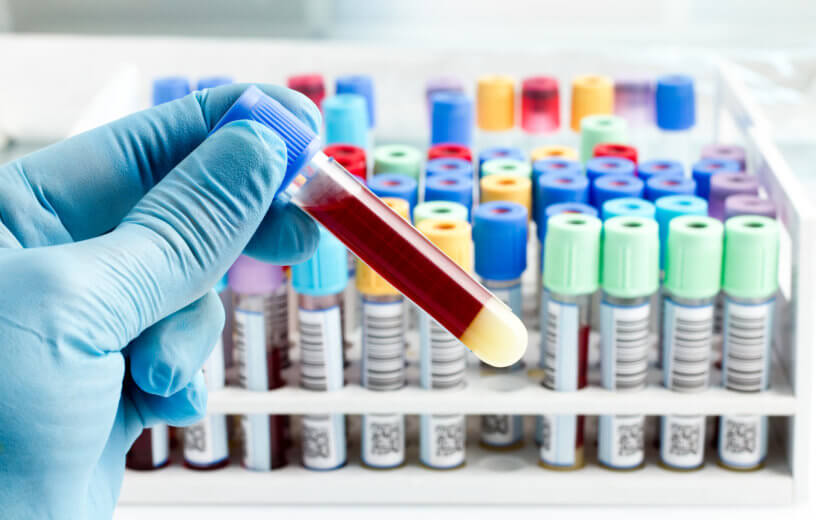ST. LOUIS — Aging may not be for the faint of heart, but new research on mice suggests a protein supplement may one day be available for humans that could delay aging by improving health and adding years to our lives.
It’s widely thought among those searching for the scientific equivalent of the “fountain of youth” that undergoing transfusions with blood from younger individuals may be the key to slowing down the aging process, and keeping our bodies and brains in tip-top shape. Scientists at the Washington University School of Medicine wanted to know how older mice would react to a specific protein found in abundance in the blood of younger mice. The results suggest that giving this blood enzyme supplement to older mice may slow down the effects of aging and extend lifespans of older mice by around 16 percent.
Researchers set their attention to the protein eNAMPT, which is central to the body’s ability to produce the “fuel” — known as NAD — that prevents aging. The hypothalamus is akin to the “control center for aging,” but needs eNAMPT to work efficiently, scientists say. When we have lower levels of the powerful protein in the blood, the hypothalamus loses steam as less NAD is created, and one’s life span decreases.
In past studies on aging, researchers used whole blood transfusions from young to old mice. So the authors wondered: what would happen when only eNAMPT levels are manipulated in mice?
They were surprised and elated by their findings: older mice that receive the protein from younger mice experienced a slower decline in health, including fewer problems such as vision loss, weight gain, mobility issues, or cognitive deficiencies.
“We have found a totally new pathway toward healthy aging,” says senior author Dr. Shin-ichiro Imai, a professor of developmental biology, in a Washington media release. “That we can take eNAMPT from the blood of young mice and give it to older mice and see that the older mice show marked improvements in health — including increased physical activity and better sleep — is remarkable.
Additionally, a control group that received a saline solution died before or at roughly 2.4 years of age. But the mice who were given eNAMPT generally lived to about 2.8 years of age. One mouse was, in fact, still alive at the time of the study’s publication.
“We were surprised by the dramatic differences between the old mice that received the eNAMPT of young mice and old mice that received saline as a control,” says Imai. “These are old mice with no special genetic modifications, and when supplemented with eNAMPT, their wheel-running behaviors, sleep patterns and physical appearance — thicker, shinier fur, for example — resemble that of young mice.”
Imai and his team also found that NAD levels in the body can be boosted with doses the molecule NMN, which is produced by eNAMPT. They note that NMN is currently being tested in humans.
“We think the body has so many redundant systems to maintain proper NAD levels because it is so important,” says Imai. “Our work and others’ suggest it governs how long we live and how healthy we remain as we age. Since we know that NAD inevitably declines with age, whether in worms, fruit flies, mice or people, many researchers are interested in finding anti-aging interventions that might maintain NAD levels as we get older.”
The authors aren’t sure if eNAMPT would increase lifespan in humans, but they say the correlation should be evaluated in future studies to confirm it it could be used as a biomarker of aging.
The study is published June 13 in the journal Cell Metabolism.
